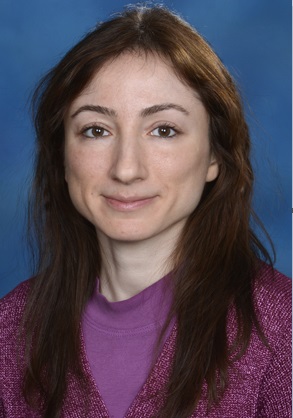Program Information
Outcome-Driven Inverse Treatment Planning for Conformal Lymphoma Radiotherapy
A Modiri1*, L Stick2 , L Rechner2 , S Bentzen1 , I Vogelius2 , L Specht2 , A Sawant1 , (1) University of Maryland School of Medicine, Baltimore, MD, (2) Rigshospitalet University of Copenhagen, Denmark
Presentations
WE-G-FS1-6 (Wednesday, August 2, 2017) 4:30 PM - 6:00 PM Room: Four Seasons 1
Purpose: In modern radiation therapy planning and delivery, a set of predefined, aggregated, population-based dose-volume constraints are used to ensure local control, while sparing organs at risk. We introduce a novel radiotherapy planning approach, where patient-specific mortality, modeled by incorporating individual patient information and health history, is used in inverse planning, aiming to maximize disease-free longevity.
Methods: We retrospectively analyzed 10 lymphoma patients (ages: 17-44) clinically treated with conformal radiotherapy. We used published data to develop risk models for lymphoma relapse (LR) and normal tissue complication (NTC), considering radiation-induced mortality from ischemic heart disease and secondary lung and breast cancers. Patient age, gender, and cardiac risk factors and mean doses to heart, lung, breast, and CTV were incorporated in the models. To increase planning degrees of freedom, 16 co-planar gantry angles were chosen and 4 beams per gantry angle were introduced to cover CTV completely and partially (a total of 64 beams). Beam dose deposition matrices were calculated in Eclipse (Varian, CA) and MU weights (MU≥5) were adjusted in our MATLAB-based, in-house, particle swarm optimization engine. The algorithm could eliminate any beam by assigning it zero weight.
Results: The total risk (summed probabilities of LR and NTC) was reduced from [max: 16.9%, mean: 8.6%], in the clinical plans, to [max: 10.4%, mean: 6.2%], in the optimized plans. The achieved total risk reduction was greater in patients with high cardiac or lung doses (Spearman p-value<0.05). Clinical plans were generally AP-PA, whereas the optimized plans chose different beam angles for 75% of the beams.
Conclusion: We present a proof-of-concept study of an individualized, bioeffect-based radiotherapy planning technique. The produced treatment plans are likely to use beam arrangements and dose distributions that are significantly different from clinical routine. The results vary depending on how risk models are defined or prioritized.
Funding Support, Disclosures, and Conflict of Interest: This research was supported by an NIH grant: R01CA202761.
Contact Email:
